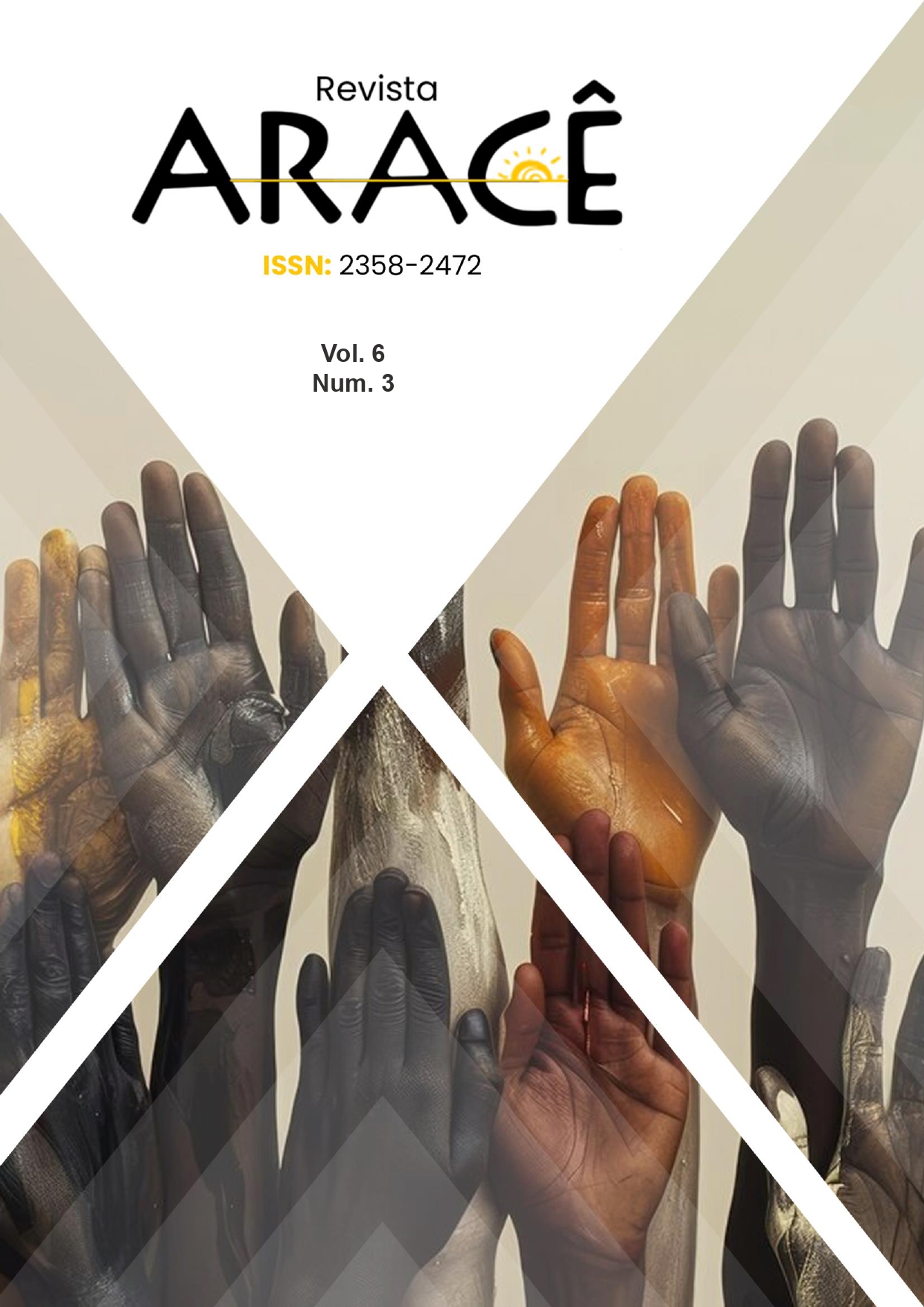THE RELATIONSHIPS BETWEEN ISOLATION, ACTIVITIES AND URBAN MOBILITY FOR THE ELDERLY IN THE COVID-19 PANDEMIC
DOI:
https://doi.org/10.56238/arev6n3-308Keywords:
Aging, COVID-19, Occupations, Social participation, Mental healthAbstract
Objective: to identify the impact that the population of elderly people had during quarantine on issues of social isolation, urban mobility and carrying out instrumental activities of daily living. And as specific objectives: to carry out a comparative analysis between the mobility patterns of the elderly in the pre and during the COVID-19 pandemic, to verify the impact of the reduction in urban mobility during the pandemic on the performance of their IADLs and to investigate symptoms of depression. Method: a cross-sectional and quantitative study, carried out with 43 subjects from the interior of the state of São Paulo, with inclusion criteria of active individuals, with chronological age equal to or greater than 60 years, of both genders and, as a diagnostic exclusion criterion related to cognitive or physical impairments that compromised their functional independence. The instruments used for data collection were a questionnaire and the Abbreviated Yesavage Geriatric Depression Scale (GDS-15). Data analysis was performed with statistics using the Statistical Package for the Social Sciences (SPSS version 18)., McNemar tests and Pearson's chi-square, with Yates' continuity correction, with a significance level of 5% (p < 0.05). Results: predominance of female participants, 28 (65.12%), most aged between 70 and 79 years, totaling 23 (53.49%) and 25 (58.14%) married. Regarding education, 16 (37.21%) had higher education and 15 (34.88%) had elementary education. For 37 (86.05%) of the elderly, the frequency of visits to the places decreased during the pandemic, while for 4 (9.30%) it remained the same and for 2 (4.65%) it increased. With the pandemic, a smaller number of individuals used the bus as a means of transportation, and the percentage went from 34.88% to 18.6%. Regarding the use of cars, the number went from 72.09% to 79.07%. Regarding essential activities and social interaction, there was a decrease in the number of individuals who attended these places (p-0.04123) and (p-0.37110), respectively. The number of women with some indication of depression was higher during the pandemic (p-0.01333). Of the total number of subjects with depressive symptoms, 41.7% lived alone, while 58.3% lived with someone. Conclusions: The COVID-19 pandemic has changed the daily lives of older people and the present study contributed to the identification of the impact of social isolation on urban mobility patterns and activities for the subjects. Highlighting the importance of seeking strategies and actions to overcome the possible consequences of this context for the health of the elderly.






